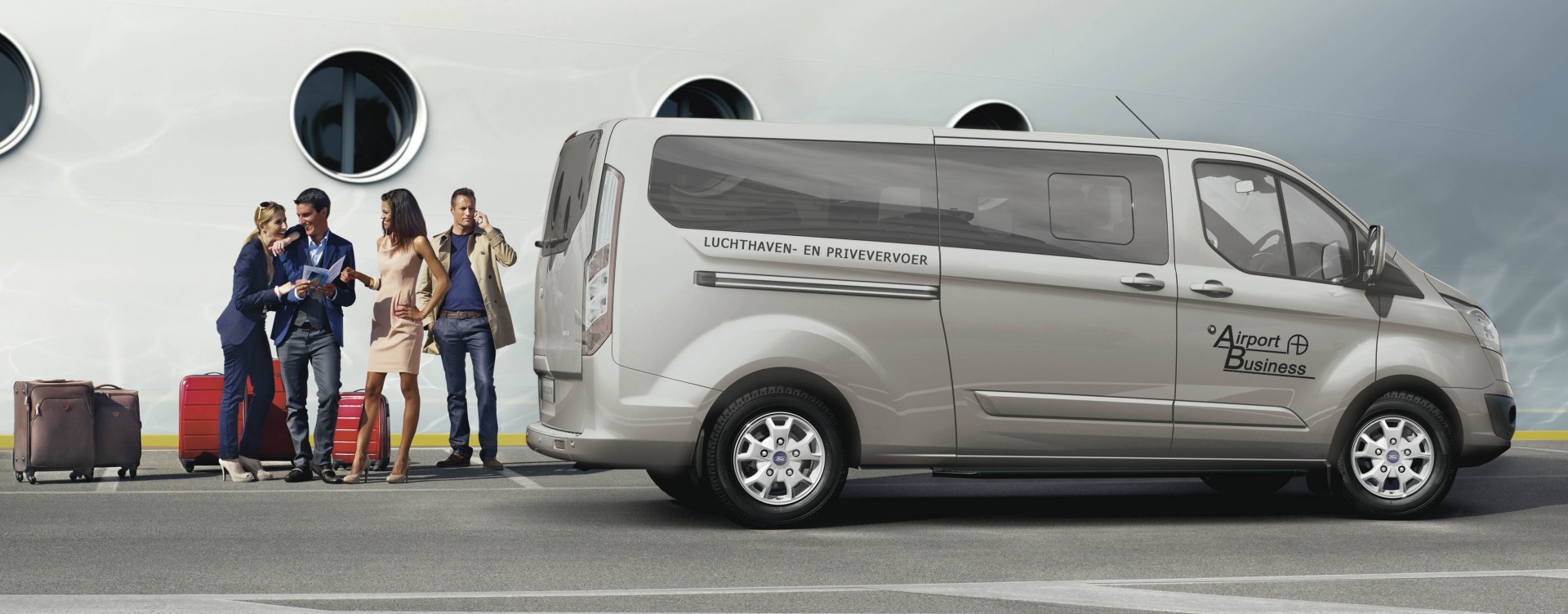
While I have been fortunate to work from home since March, I don’t own a car, like nearly 40% of my my Washington, D.C. It’s a problem I understand on a somewhat personal level. “That composition is even more disproportionately poor, non-white, and immigrants during the pandemic.” “Transit ridership has always been disproportionately low-income, non-white riders, immigrant riders,” says Evelyn Blumenberg, an urban planning professor at the University of California, Los Angeles.


Those on the bottom-rung of the income ladder tend to have the poorest access to alternate forms of transportation like personal cars, taxis, and ride shares, like Uber or Lyft, due to budget constraints are more likely to be essential workers who do not have the option of telecommuting and live further from the places they need to get to-such as jobs and grocery stores. But the impact will fall disproportionately on low-income Americans, who rely on public transit more often than their richer, whiter peers. If big transit hubs are forced to cut routes or service, millions of people will be inconvenienced. “If somebody is forced into buying a car because transit no longer meets their needs, they’re going to hang on to that car, even if you bring the service back.” “All of those changes tend to be long lasting,” Spieler says about riders’ responses to budget cuts. While the pandemic is temporary, its effects on mass transit ridership and transportation finances may not be. “Transit service isn’t like some dial you can easily turn down and turn back up again, logistically ramping up service can actually be quite difficult.” “When you want to bring service back, that means you have to find new people to fill those slots. The proposal also includes cutting more than 2,000 positions, which would pose further challenges to the Authority’s post-pandemic success.

has floated a proposal that would eliminate weekend train service entirely, allow certain trains to run only every 30 minutes on weekdays, and shut the system down at 9 p.m. But it indicated it is still deeply in the red.) (On Wednesday, the agency’s board approved a budget that delays these drastic measures, for now, and instead settled on fare increases and service reductions for the Long Island Rail Road to mitigate 2021 budget shortfalls. New York’s MTA threatened it may be forced to cut subway services by 40% if it doesn’t receive a significant stream of federal aid soon.


 0 kommentar(er)
0 kommentar(er)
